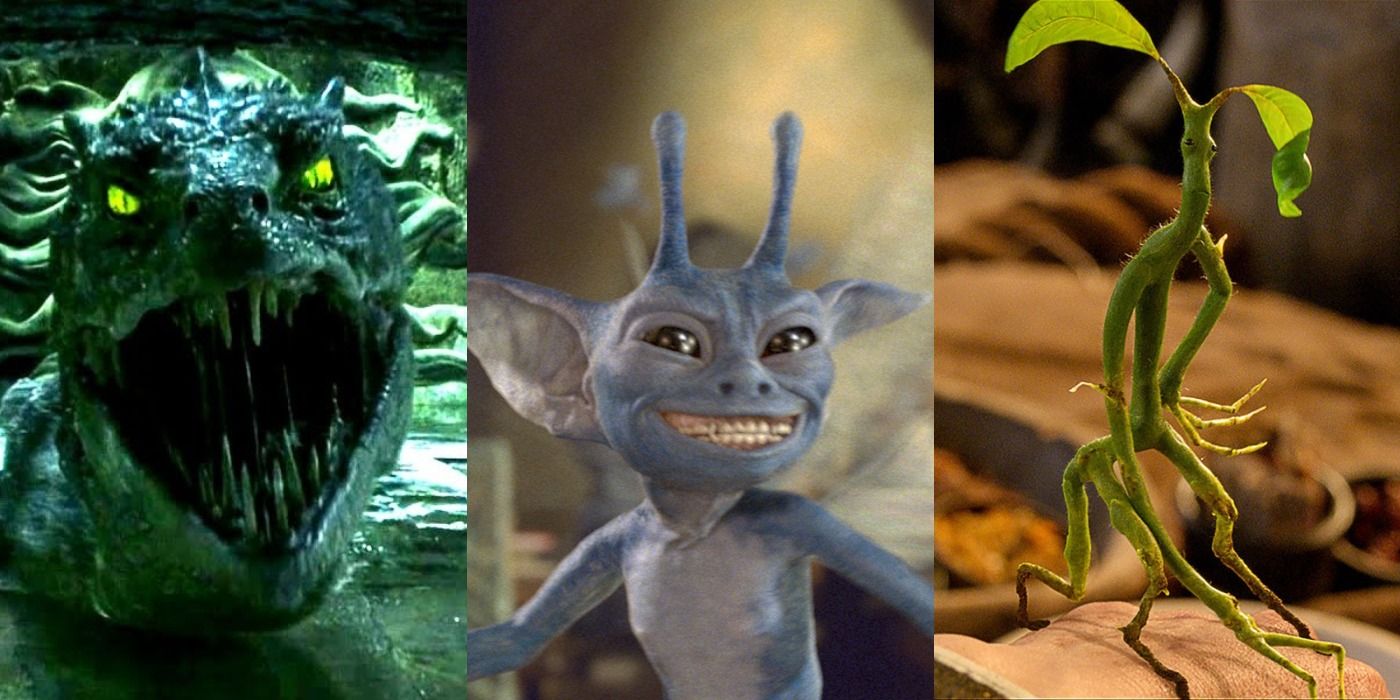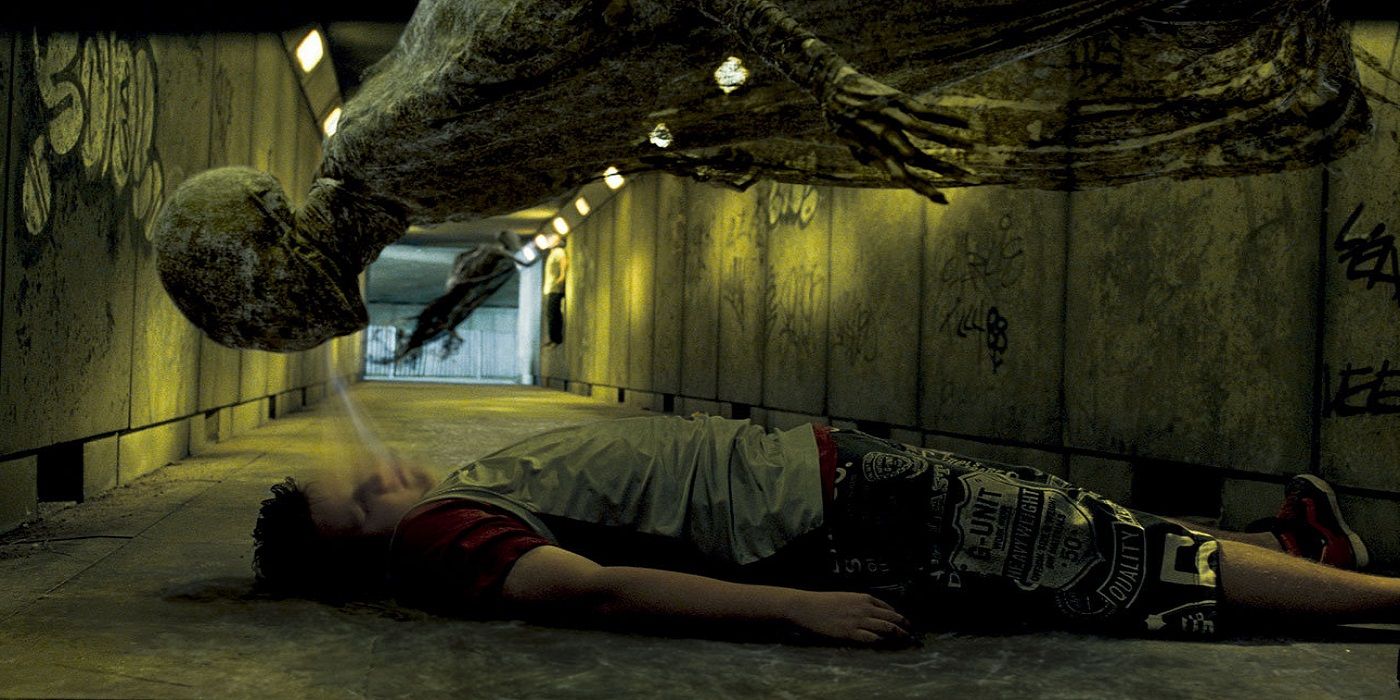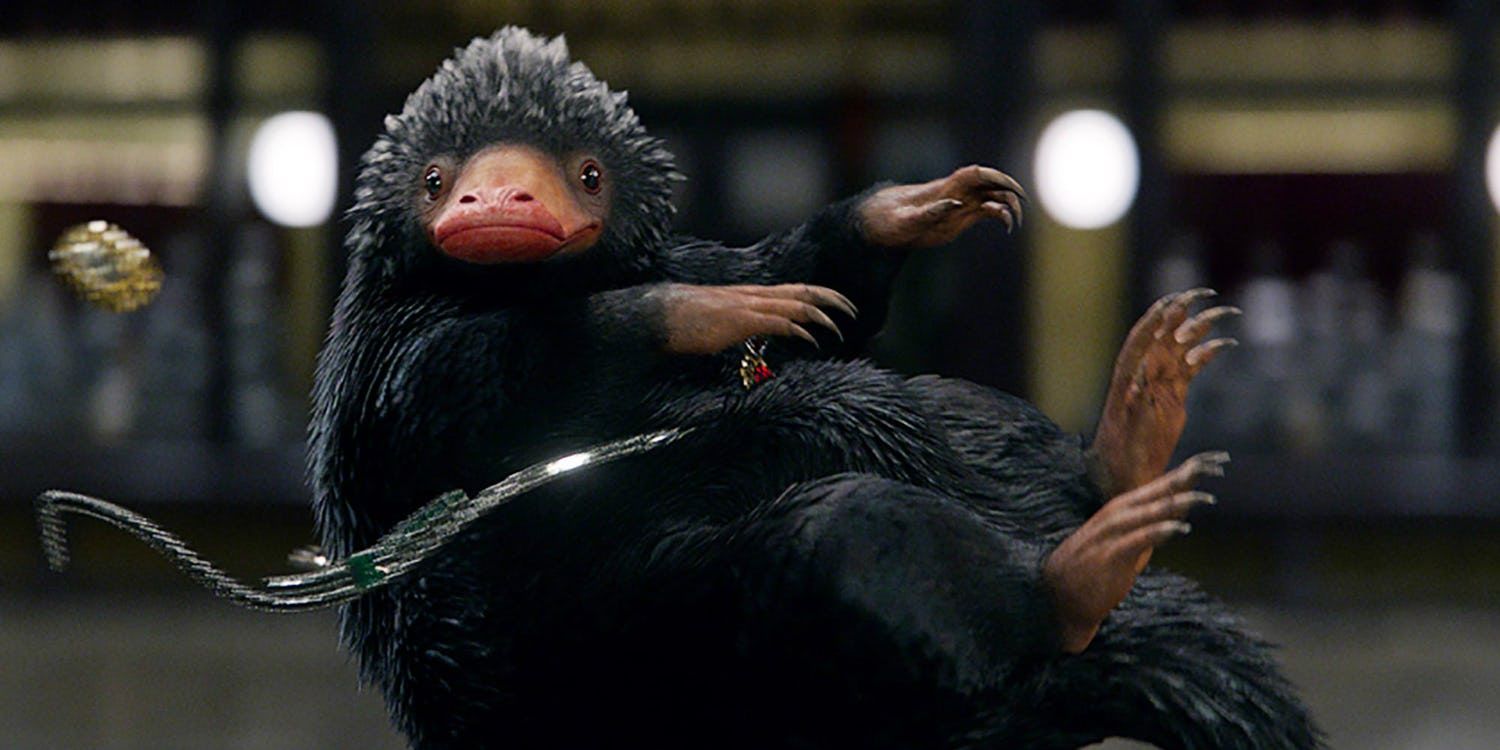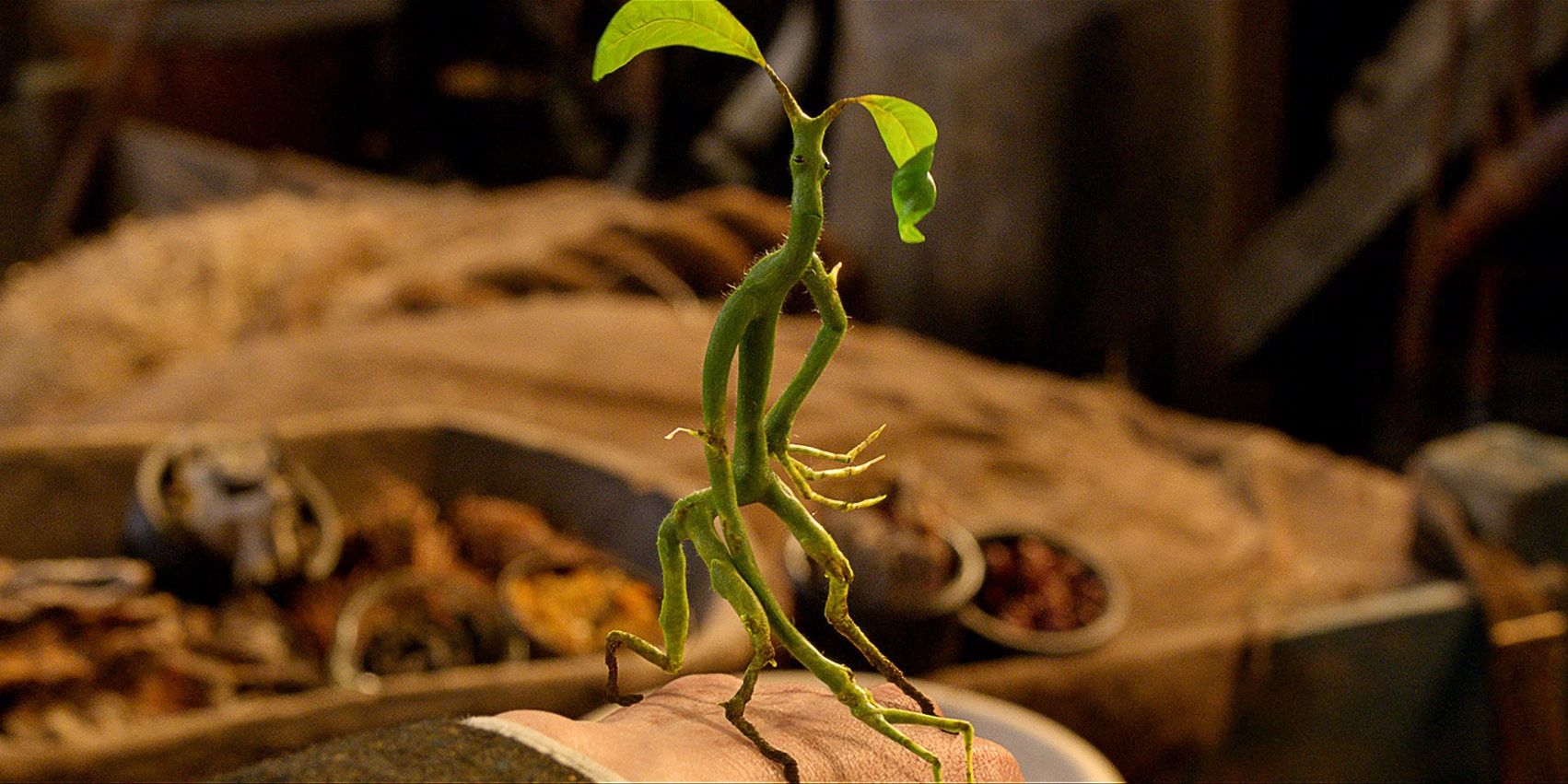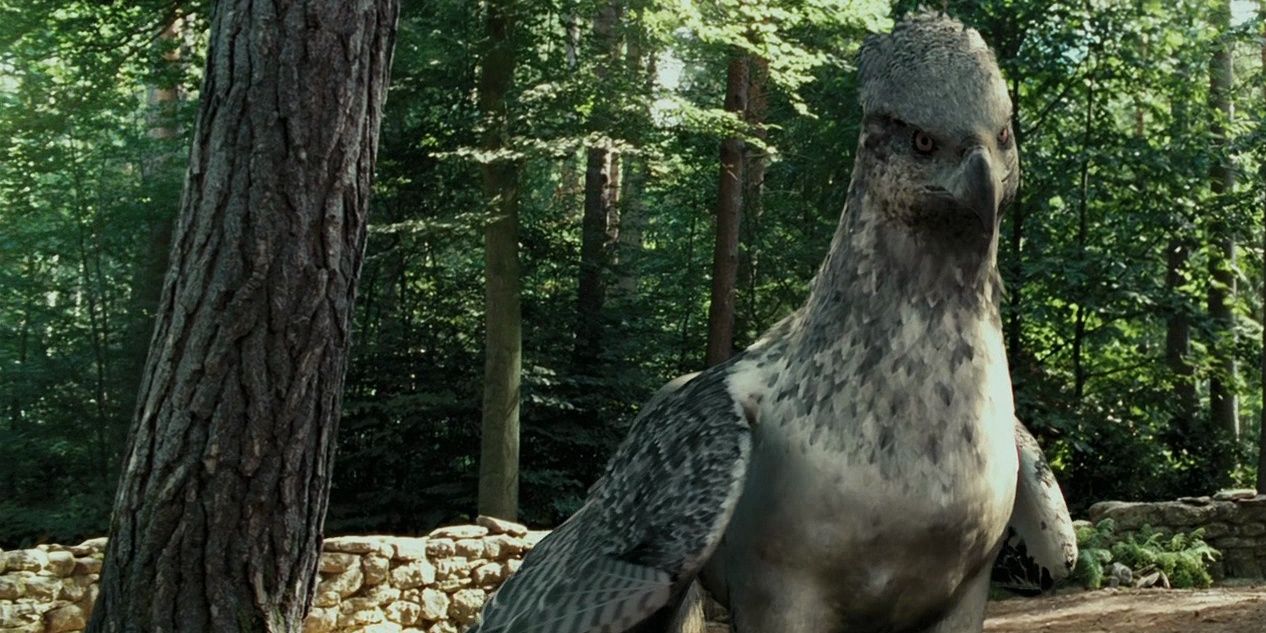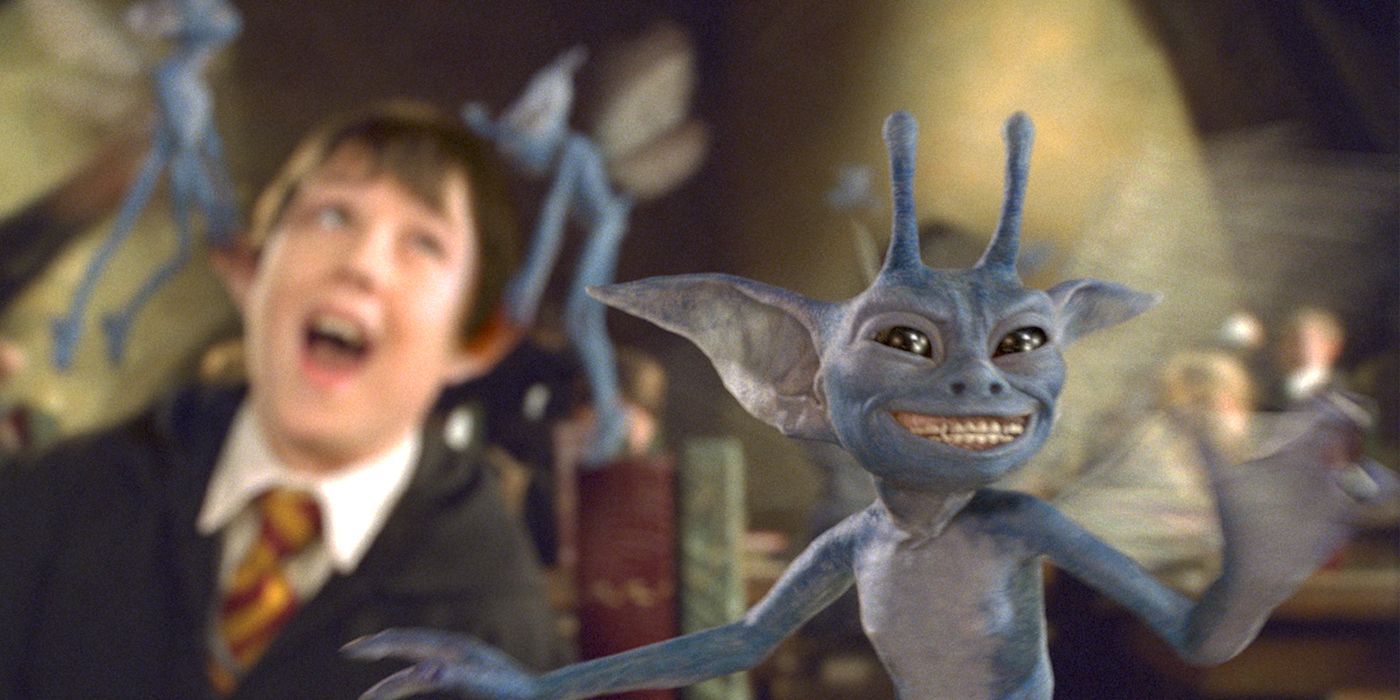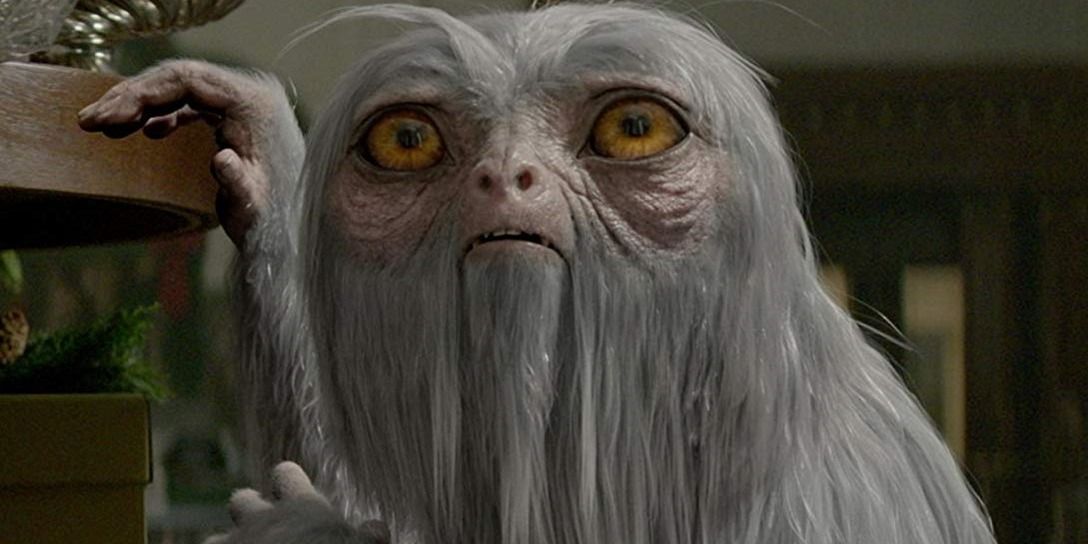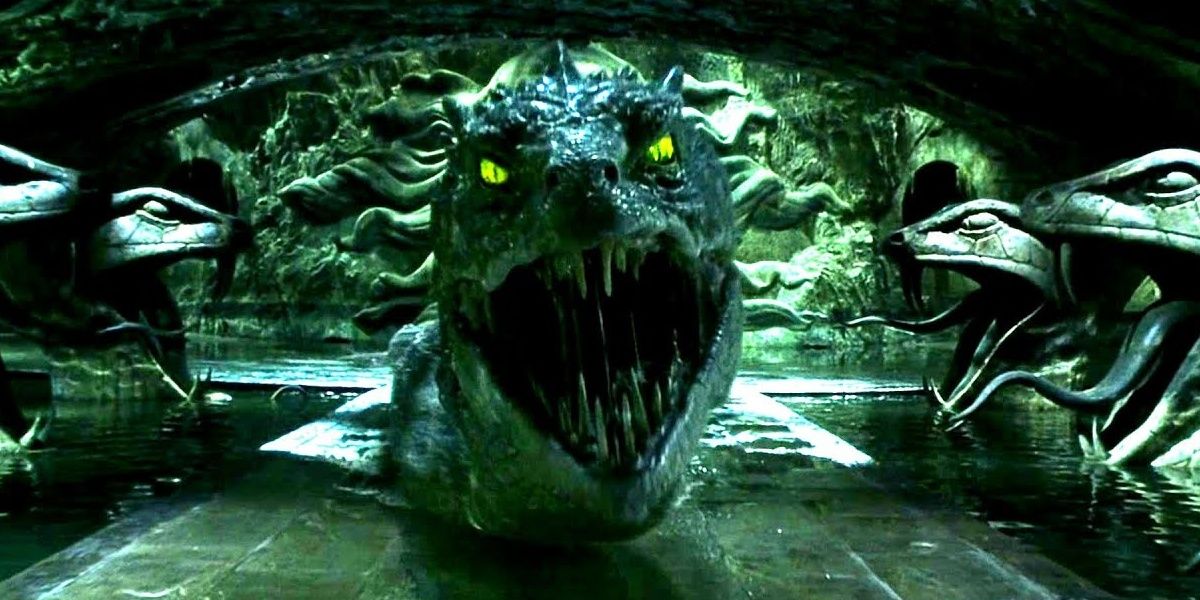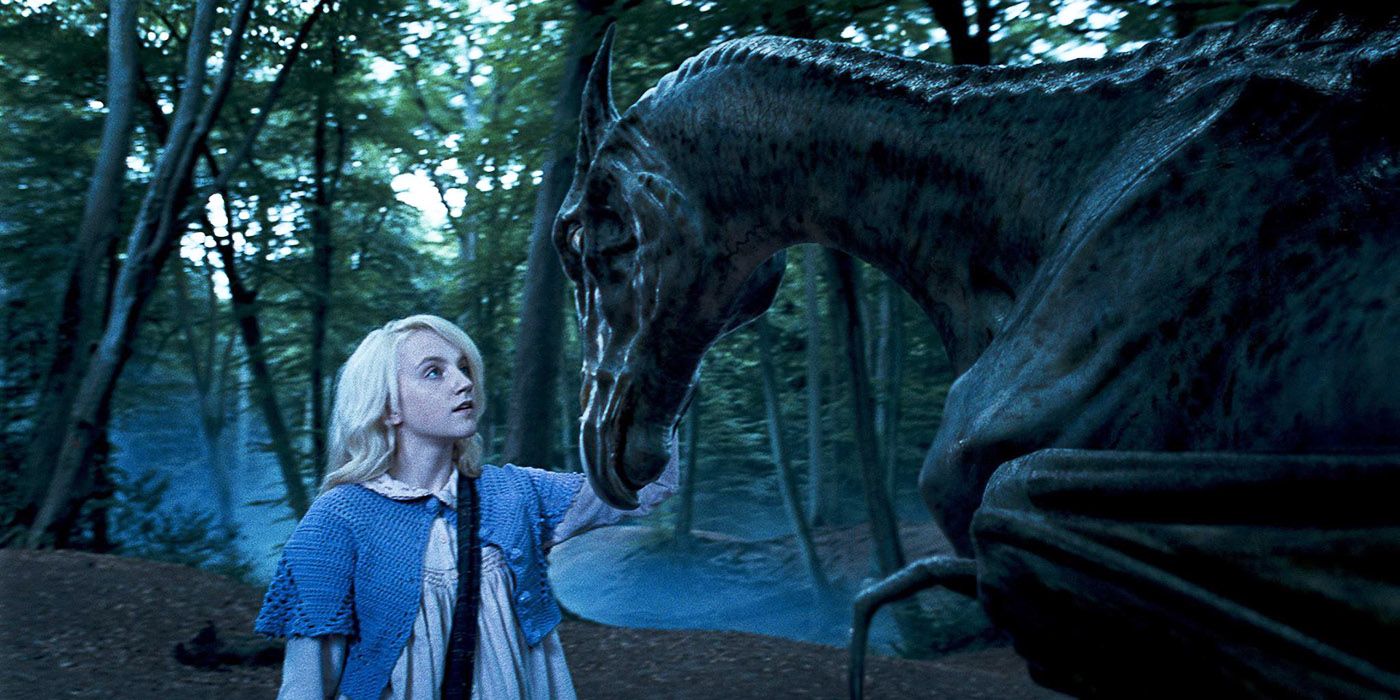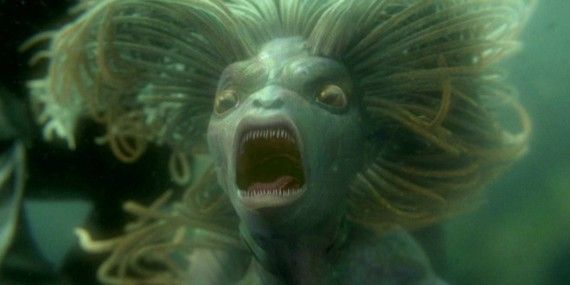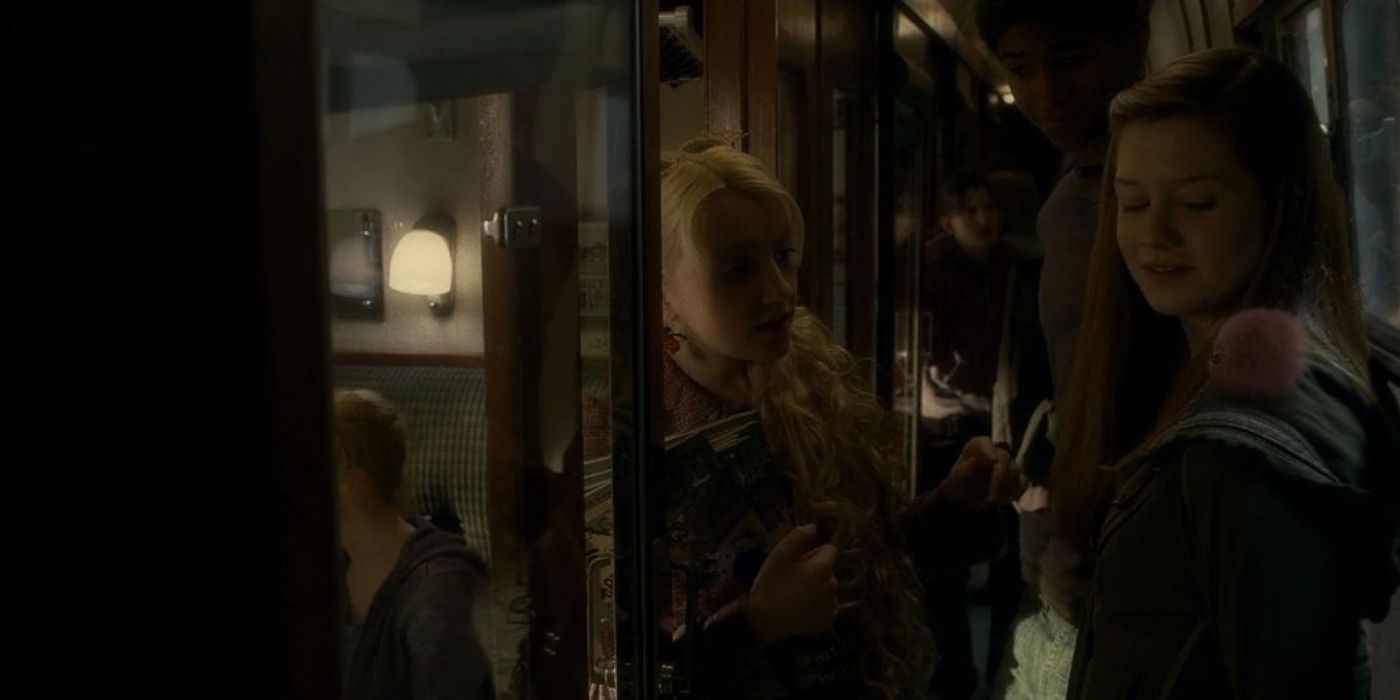The Harry Potter series and its spin-off Fantastic Beasts introduced audiences to a wide range of magical creatures. The Wizarding World is completely full of calm, caring, and sometimes incredibly dangerous beasts, all of which have unique designs that sometimes pull from real-world animals.
The visual design team, concept artists, prop creators, and all the other team members who brought these creatures to life have demonstrated incredible vision in their unique visualizations. These magical animals have really become iconic thanks in large part to how they look, pulling from the lore of this mythical landscape!
Dementor
The Dementors are a physical representation of darkness and depression, their very presence sucking the life out of their victims. Although they were first presented as mysterious cloaked figures, these robes would soon be drawn back to reveal their decaying flesh.
There are very few magical creatures that are genuinely terrifying, yet even those who employ the Dementors to watch over Azkaban are fearful of their security guards. Pulling from horror imagery, there are no other scary beasts that are as striking in the tone they create from their immediate appearance as these.
Niffler
Nifflers have no right to be as adorable as they are. Based on animals like the beaver, platypus, and even a honey badger, the Niffler is a strange combination of creatures, yet perfectly designed as a believable gold finder. That snout is absolutely appropriate for sniffing out the next prize.
While the Niffler might look cute and cuddly, there's a devious edge to its design, as the animal can trick its adoring fans before sneaking off for yet another mischievous theft. Its eyes are suitably sized to both draw in its admirers and to become enchanted by the shiny treasures it longs to find.
Bowtruckle
It's difficult to create a magical creature inspired by environmental elements without it simply looking like a plant. The iconic Mandrake managed to achieve this, with every potted beast containing unique, human qualities despite its grotesque features. The Bowtruckle's design has to walk a similar tightrope.
From a distance, the animal looks like a root, pulled from the Earth and still carrying soil. Yet, there's a very easy to recognize frame to the Bowtruckle, with human qualities once again brought in to allow the opportunity for realistic features. A surprising amount of emotion can be drawn from just the positioning of its arms and legs alone. From a storytelling perspective, this is a brilliant design.
Hippogriff
The Hippogriff is perhaps the magical creature that feels most like it could exist in the real world. Eagles and horses give this flying animal its base shape, but there are distinctive qualities to the beast that are really only associated with Buckbeak and his species.
It's mighty and graceful in its appearance, playing into the notion that the Hippogriff respects honorable actions. It's a proud creature and one that also had to believably carry a human on its back, without its proportions looking ridiculous. The creative team absolutely nailed this, forging a design that was to be feared and respected.
Cornish Pixie
Considering the Cornish Pixies are some of the earliest examples of magical creatures brought to screen, they managed to excellently match the tone of the rest of the franchise. The core characteristic of the Pixie is its mischievous grin, as it wreaks havoc on Hogwarts' students.
Its body feels out of proportion; its head is too big for its tiny torso, its wings smaller than they perhaps should be, while its hands and ears act almost like additional tools to glide with. Brought together, the seemingly ridiculous concept is somehow stunning, with the natural blues adding realistic texture and tone to its skin. Needless to say, a creature that looks as devious as this isn't going to save the day.
Demiguise
The Demiguise is an animal haunted by the future that it sees. Its eyes have to tell that story, as it lives its life fearful of everything that might come next. No matter the age of the beast, there's an ancient quality to its design, as if it is always wise far beyond its years.
The flowing locks cascading down its body shimmer and add a lot of kinetic energy to a beast that spends most of its time fleeing. In the right circumstances, its small frame can fade into the background, which notably connects to its invisibility abilities. The powers of the monkey-like Demiguise have certainly been thought about in its appearance.
Basilisk
The Basilisk is one of the few times in the Harry Potter saga that a magical creature becomes a main antagonist for the Hogwarts trio to combat against. It had to be imposing, unpredictable, and yet entirely believable, even though its sheer scale breaks the laws of nature.
The end result was glorious, with the combination of practical effects and visual enhancement creating a living beast that moved fearfully fast and spat venom from both its teeth and its glare. There's no mistaking the Basilisk to be a misunderstood animal, with its piercing eyes matching well to its power-set.
Thestral
Although the premise of these magical creatures doesn't always make sense, it's hard to argue against the fact that Thestrals really do embody death in their design. The horse-like creatures are skeletal in appearance, and radiate a sadness that perhaps only the Dementors could rival.
There's also a peaceful quality to these graceful creatures, which are underestimated and very obviously ignored because of their invisibility to those who have not been touched by the grief of the afterlife. For animals so linked to a darker narrative, these underworld-inspired Thestrals are surprisingly reassuring in their display of empathy, all of which is portrayed in their gorgeously designed face.
Selkie
The Harry Potter series required Mermaids to be brought to the Black Lake for the second task in the Triwizard Tournament, and it would have been so easy for the creative team to follow the conventional route. Instead, these sea-dwelling Selkies are totally unique.
With hair that appears to be more coral than animal-based and teeth as razor-sharp as some of the deepest dwelling fish, there isn't anything pretty about these Mermaid spin-offs. Their tail is far more practical than most portrayals and the human elements of the design have been corrupted to make way for a grotesque portrayal of underwater life.
Pygmy Puff
Pygmy Puffs were imagined in-universe to be a teenage girl's best friend. Bred by Fred and George Weasley, unlike every other magical creature featured here, their purpose was to be sold. Their fluffy pink design is completely marketable to their demographic.
Their huge eyes and tiny features all contribute to what their target audience is looking for. There's an interactable element to these creatures as well since the long hair of the Pygmy Puff can be tended to and stroked, much like a Muggle would care for their plush or Furby.

